-webp.webp)
What is a Sarcophagus in Ancient Egypt?
What is a Sarcophagus in Ancient Egypt? This question delves into one of the most iconic and significant elements of Ancient Egyptian burial practices. The sarcophagus in Ancient Egypt was not merely a container for the deceased; it was a highly symbolic and protective vessel designed to safeguard both the body and the soul on its journey to the afterlife. In Ancient Egyptian belief, death was not an end but a transformation, and the sarcophagus played a crucial role in ensuring that this transformation led to immortality.
In this article, we explore the importance, design, materials, and symbolism of Egyptian sarcophagi, as well as their historical evolution. Understanding what a sarcophagus in Ancient Egypt truly represents requires an exploration of both the religious and artistic aspects that made these burial vessels so vital in Egyptian culture.
The Role of the Sarcophagus in Ancient Egyptian Beliefs

What is a sarcophagus in Ancient Egypt? To understand its role, we must first examine the deep spiritual and religious beliefs of the Egyptians. The ancient Egyptians viewed death as a journey rather than an end. They believed that the soul of the deceased, known as the akh, would continue its existence in the afterlife, provided that the body was preserved. This belief in immortality led to the creation of elaborate tombs and sarcophagi to protect the deceased and ensure that their soul would be able to pass into the afterlife.
The sarcophagus was a vital part of this transition. It was not only meant to protect the physical body from decay but also to offer spiritual protection, guarding the soul from malevolent forces. The sarcophagus was the final safeguard in a series of rituals that included mummification, placing the deceased in a tomb, and offering prayers and spells to guide them through the afterlife.
Evolution and History of Egyptian Sarcophagi

The evolution of what a sarcophagus in Ancient Egypt represents is marked by changes in design, material, and symbolism over the centuries. Let's trace this evolution from the Old Kingdom to the Greco-Roman period.
Early Kingdom: Rectangular Coffins
During the early years of Ancient Egyptian civilization, particularly in the Old Kingdom (c. 2686–2181 BCE), what is a sarcophagus in Ancient Egypt was initially simple and rectangular. The earliest known sarcophagi were made of wood and were used primarily for pharaohs and high-ranking officials. These early coffins were functional, designed to protect the body but lacked the elaborate decoration seen in later periods. As Egyptian beliefs evolved, so did the purpose of the sarcophagus, becoming more intricate and imbued with symbolic significance.
The Middle Kingdom: Anthropoid Coffins
As Egyptian society advanced, so did the design of sarcophagi. By the Middle Kingdom (c. 2040–1782 BCE), the coffins became anthropoid, meaning they were designed to resemble the human form. This shift symbolized a more personal connection to the deceased, with the coffin itself becoming a vessel not just for the body but for the soul as well. Coffins were often adorned with representations of gods, goddesses, and hieroglyphic texts, with spells and prayers from the Book of the Dead inscribed inside to ensure the deceased’s safe passage to the afterlife.
The New Kingdom: Artistic Flourish and Royal Tombs
By the time of the New Kingdom (c. 1550–1070 BCE), what is a sarcophagus in Ancient Egypt had reached its peak in terms of both artistry and importance. The pharaohs of this era, such as Tutankhamun, were buried in elaborately decorated sarcophagi made of precious materials like gold and lapis lazuli. The sarcophagus of Tutankhamun, perhaps the most famous, was an extravagant example of Egyptian artistry, crafted from solid gold and covered in intricate inlays and symbols.
Construction and Materials of Egyptian Sarcophagi

What is a sarcophagus in Ancient Egypt? Beyond its symbolic role, a sarcophagus was also a marvel of craftsmanship. These burial containers were made from a wide range of materials, each chosen for its durability, symbolism, and ability to protect the body.
- Wood: The most common material for sarcophagi in earlier periods was wood, often painted with vivid colors and inscribed with the names and titles of the deceased. While wooden coffins were affordable and easily crafted, they were less durable than other materials.
- Stone: As time went on, stone became a popular choice. Limestone, sandstone, and granite were used for their longevity. Stone sarcophagi, such as those found in the tombs of the New Kingdom, were often decorated with intricate carvings and inscriptions.
- Gold and Precious Metals: For royals and high-ranking individuals, gold and other precious metals were used in the construction of the sarcophagus. The use of these materials reflected the belief that the deceased, especially the pharaohs, would be granted eternal life and divine protection.
- Clay and Pottery: In some periods, simpler materials such as fired clay or pottery were used, especially for non-royal individuals. These were often less ornate but still carried the sacred purpose of preserving the body.
Symbolism and Iconography of Egyptian Sarcophagi
![]()
The sarcophagus was more than just a protective vessel; it was also a canvas for important religious symbolism and iconography. What is a sarcophagus in Ancient Egypt without the rich array of spiritual and cultural symbols that adorned it?
- Face of the Deceased: The face of the sarcophagus often resembled that of the deceased, with an idealized, serene expression. This was meant to provide a spiritual likeness, allowing the deceased's soul to recognize itself in the afterlife.
- Osiride Imagery: The depiction of Osiris, the god of the dead, was common. Often shown with the crown of Osiris, the face of the deceased was associated with this god to ensure that the individual would be granted a safe passage through the underworld and rebirth in the afterlife.
- Funerary Texts: Inscriptions from the Book of the Dead, along with other religious texts, were inscribed on the sarcophagus to guide the deceased on their journey. These texts included prayers for protection and blessings from the gods.
- Protective Gods: Depictions of gods such as Anubis, Isis, and Nephthys were commonly featured. These deities were believed to safeguard the deceased, particularly from evil spirits and the dangers of the afterlife.
- Scarabs: The scarab beetle, a symbol of rebirth and regeneration, was often carved onto sarcophagi. This symbol linked the deceased with the sun god Ra and emphasized the themes of resurrection and eternal life.
Featured Snippets: Understanding What a Sarcophagus in Ancient Egypt Symbolizes
To directly address what is a sarcophagus in Ancient Egypt, it was more than just a burial container—it was a sacred, symbolic object designed to protect the physical body and ensure the deceased's spiritual survival in the afterlife. The sarcophagus often featured carvings and inscriptions of gods, prayers, and funerary texts that helped guide the deceased through their journey in the underworld. With its elaborate decorations and religious symbolism, the sarcophagus was essential in helping the soul transition from the mortal world to eternal life.
What Day is the Total Eclipse of the Nile 2027?
Conclusion: The Legacy of the Sarcophagus in Ancient Egypt
So, what is a sarcophagus in Ancient Egypt? It is a sacred vessel designed to protect, preserve, and guide the deceased into the afterlife. More than just a container, the sarcophagus encapsulated the Egyptian view of death as a transition to immortality, filled with divine protection and spiritual significance. From the simple wooden coffins of the Old Kingdom to the lavish golden sarcophagi of the New Kingdom, these burial containers reflect the grandeur of Egyptian craftsmanship and the civilization’s profound belief in life after death.
Today, the legacy of the Egyptian sarcophagus lives on in museums and tombs across Egypt. A visit to Egypt offers an incredible opportunity to witness these remarkable artifacts, including the sarcophagus of Tutankhamun and other royal tombs. If you wish to explore the wonder of Ancient Egypt, book a tour with Respect Egypt Tours to experience the magic of the pharaohs and their timeless monuments to the afterlife.


.webp)




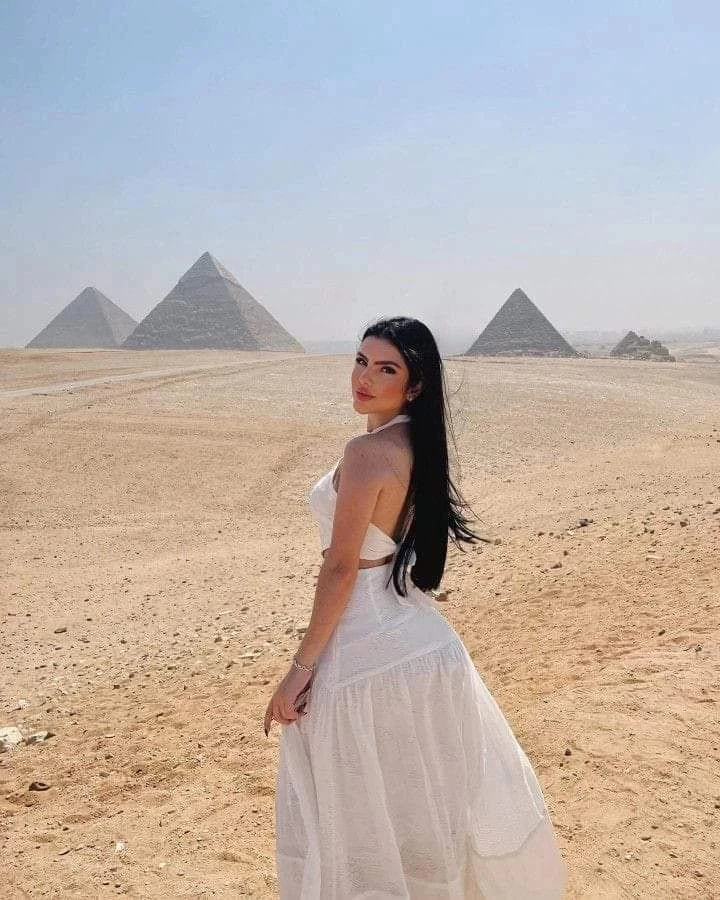

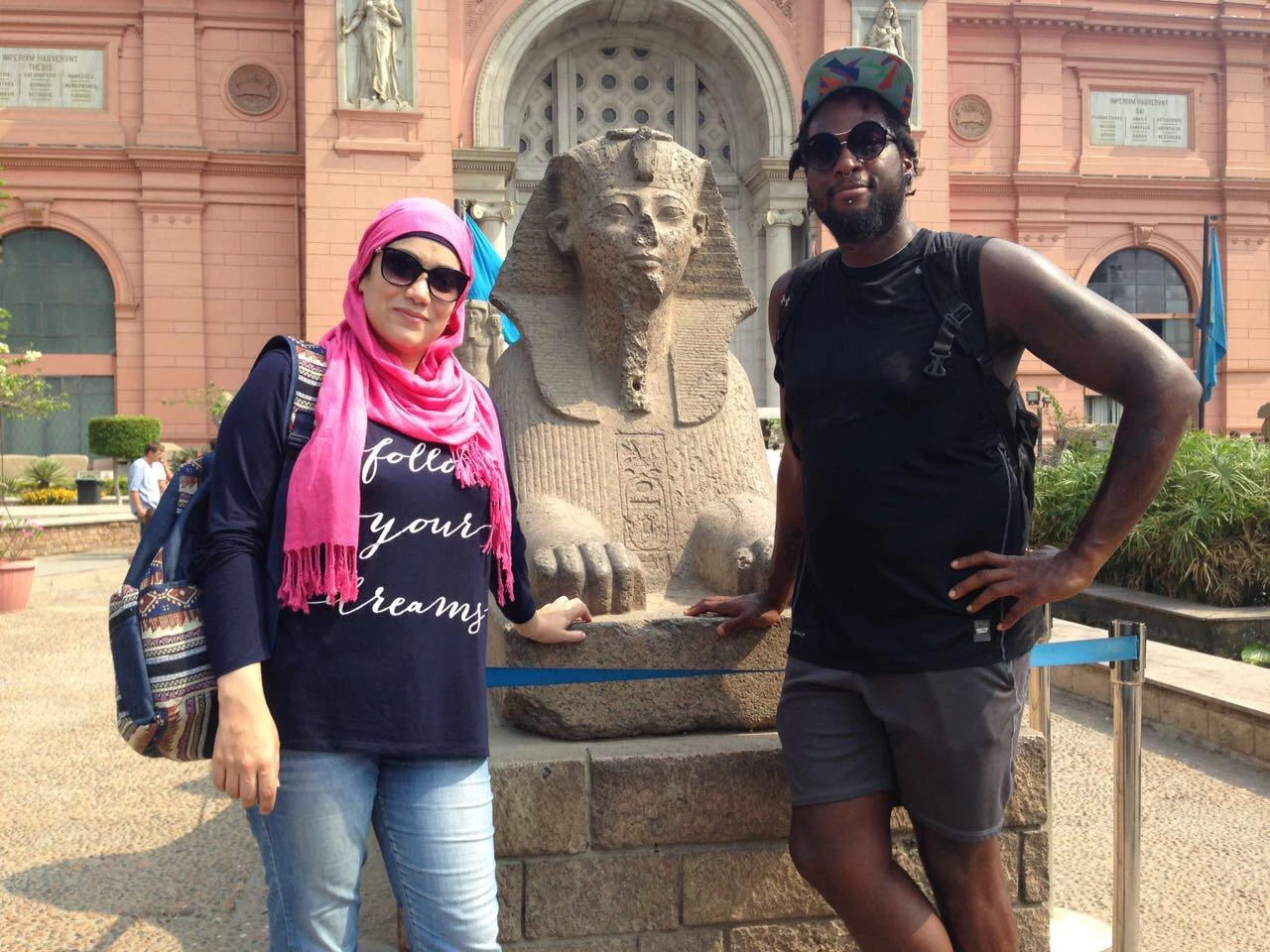
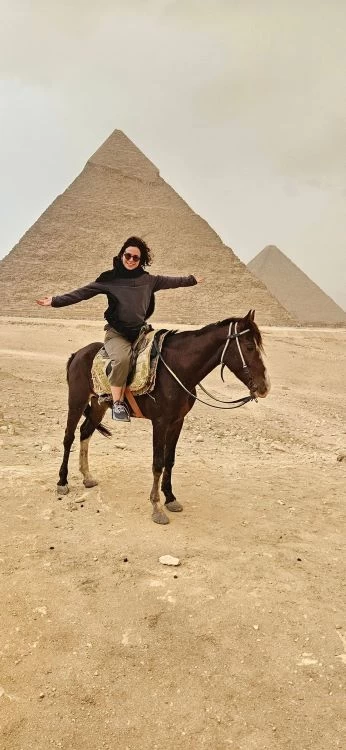

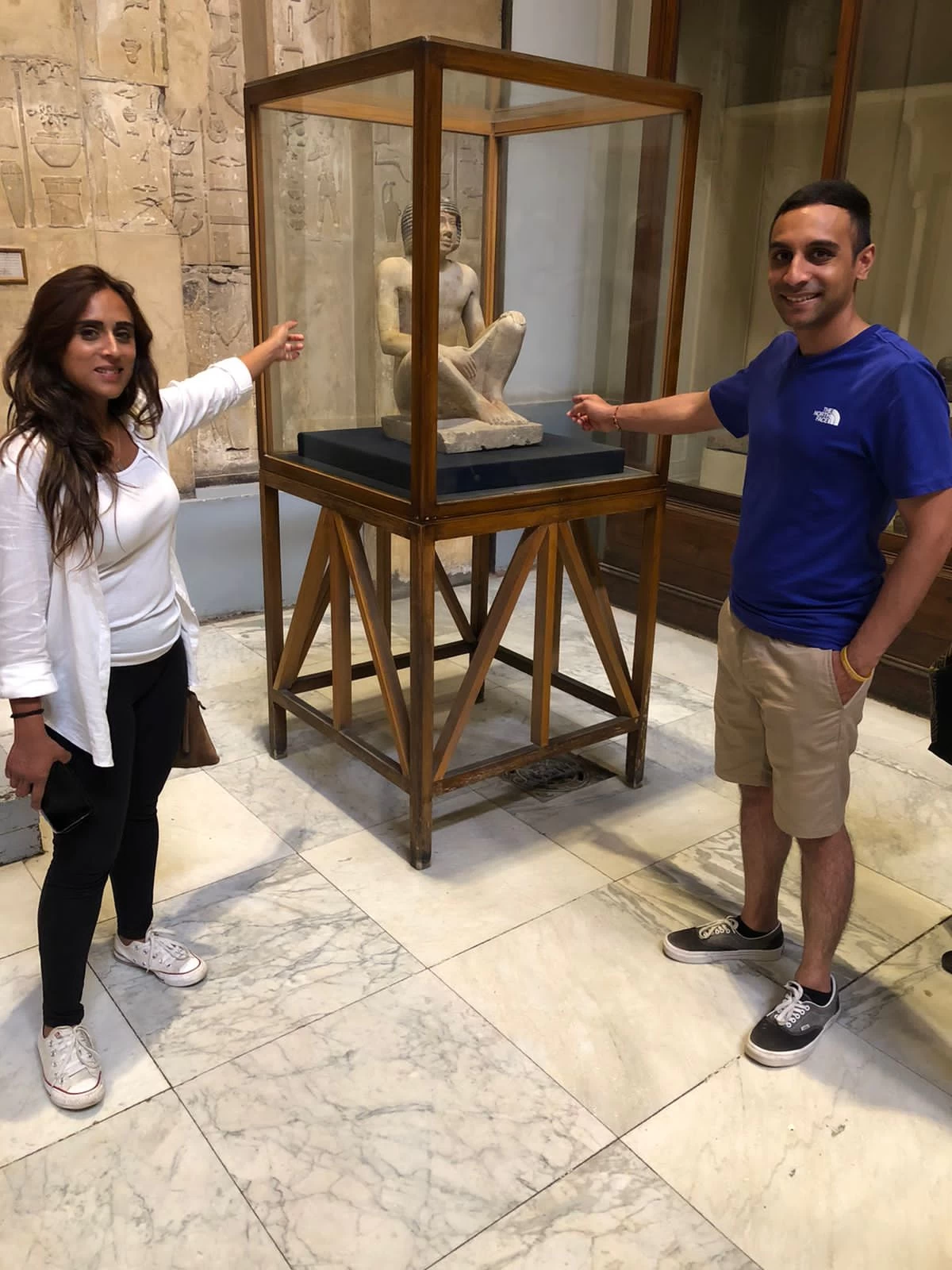

-webp.webp)

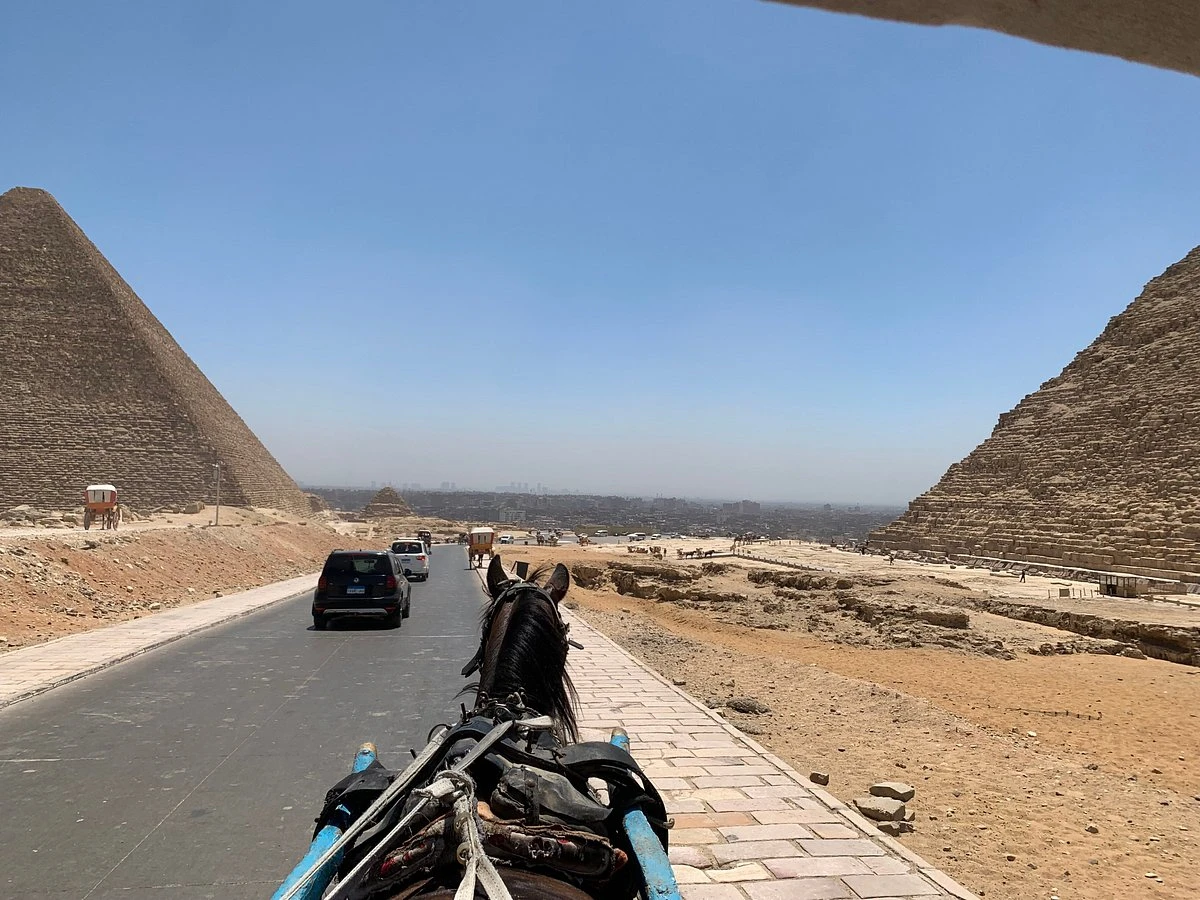
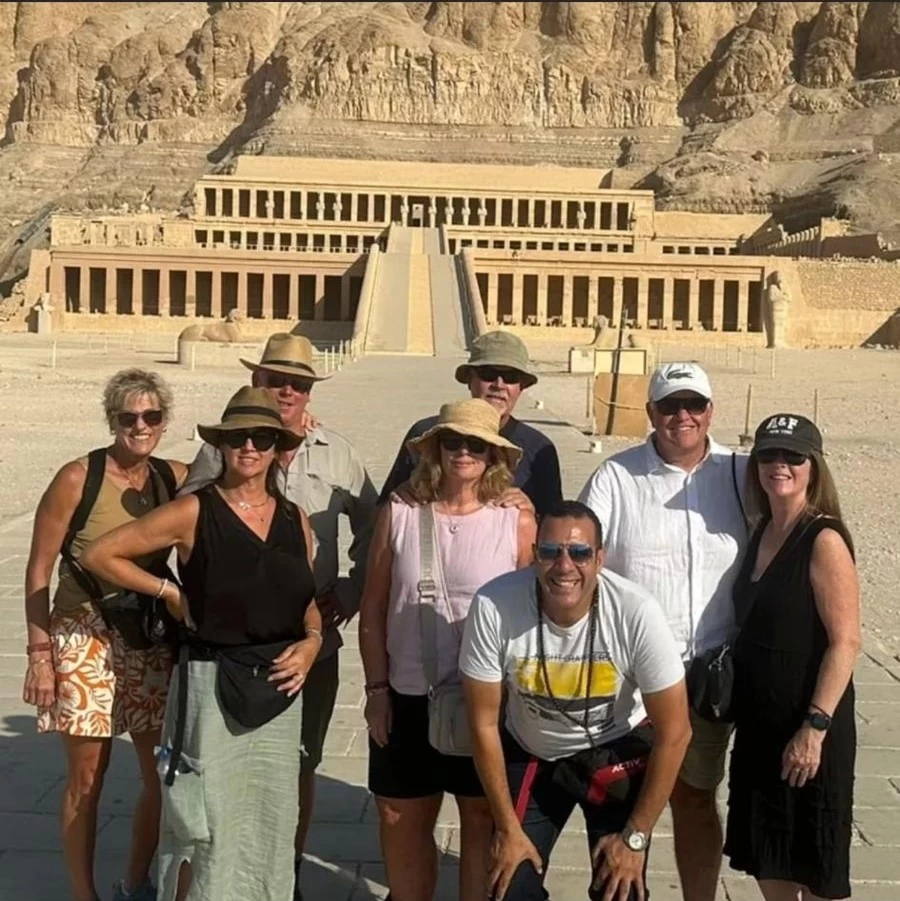
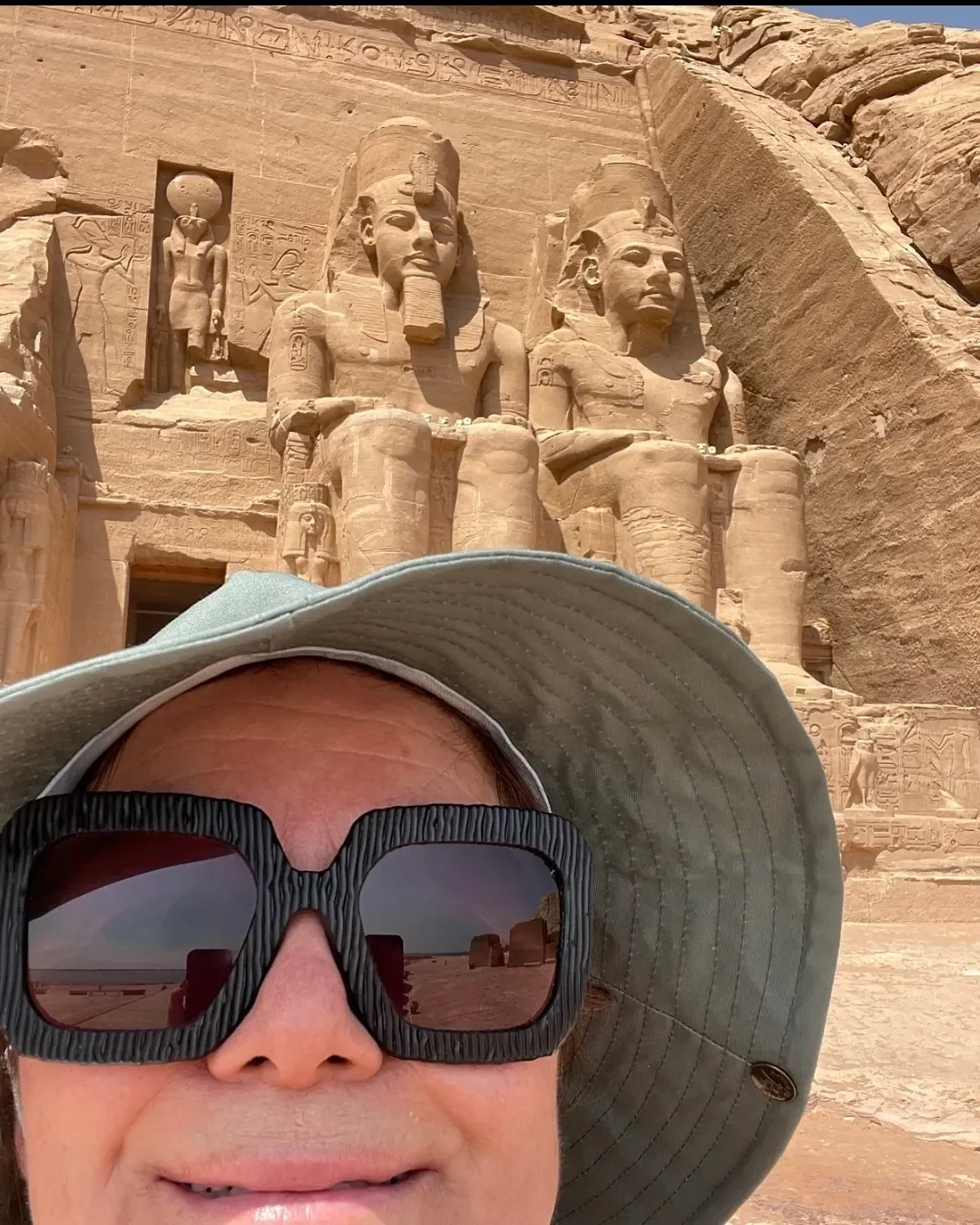

-webp.webp)

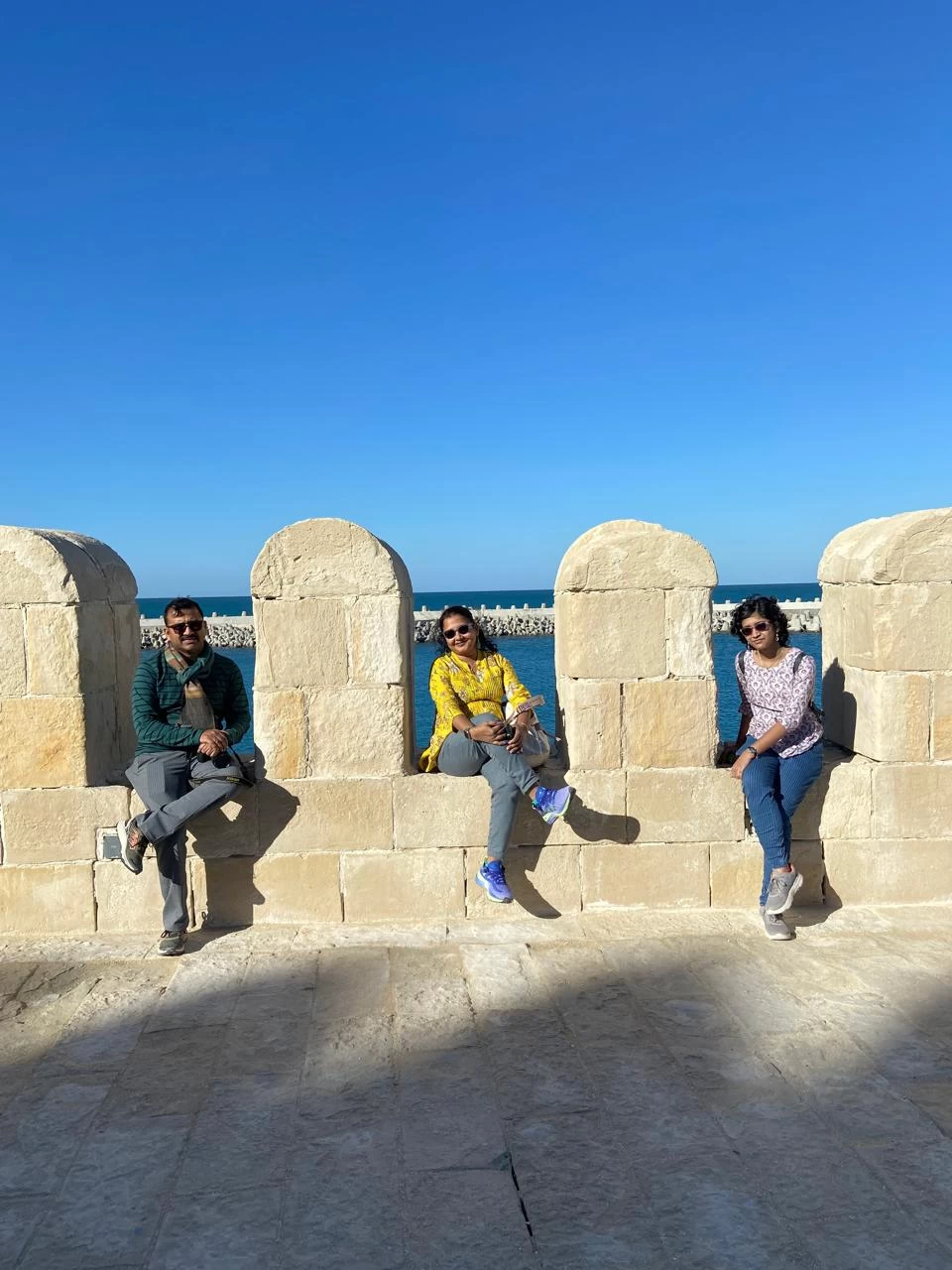


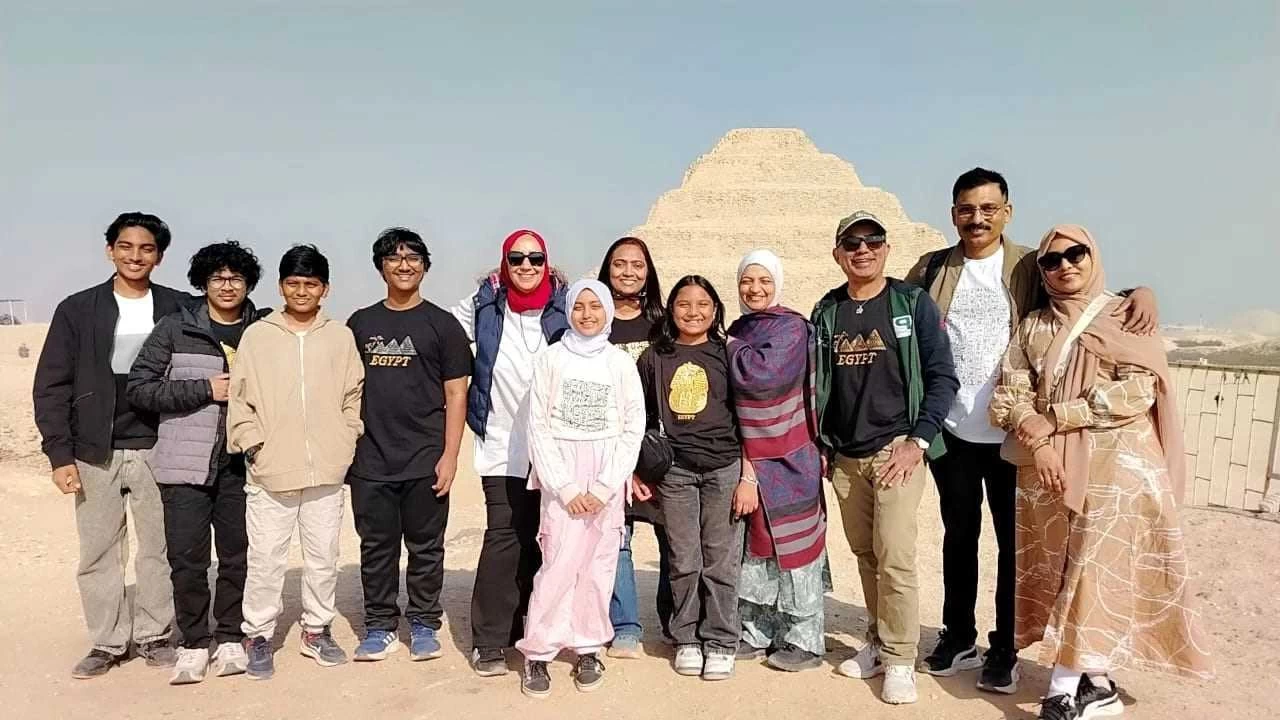
-webp.webp)
-webp.webp)
-webp.webp)
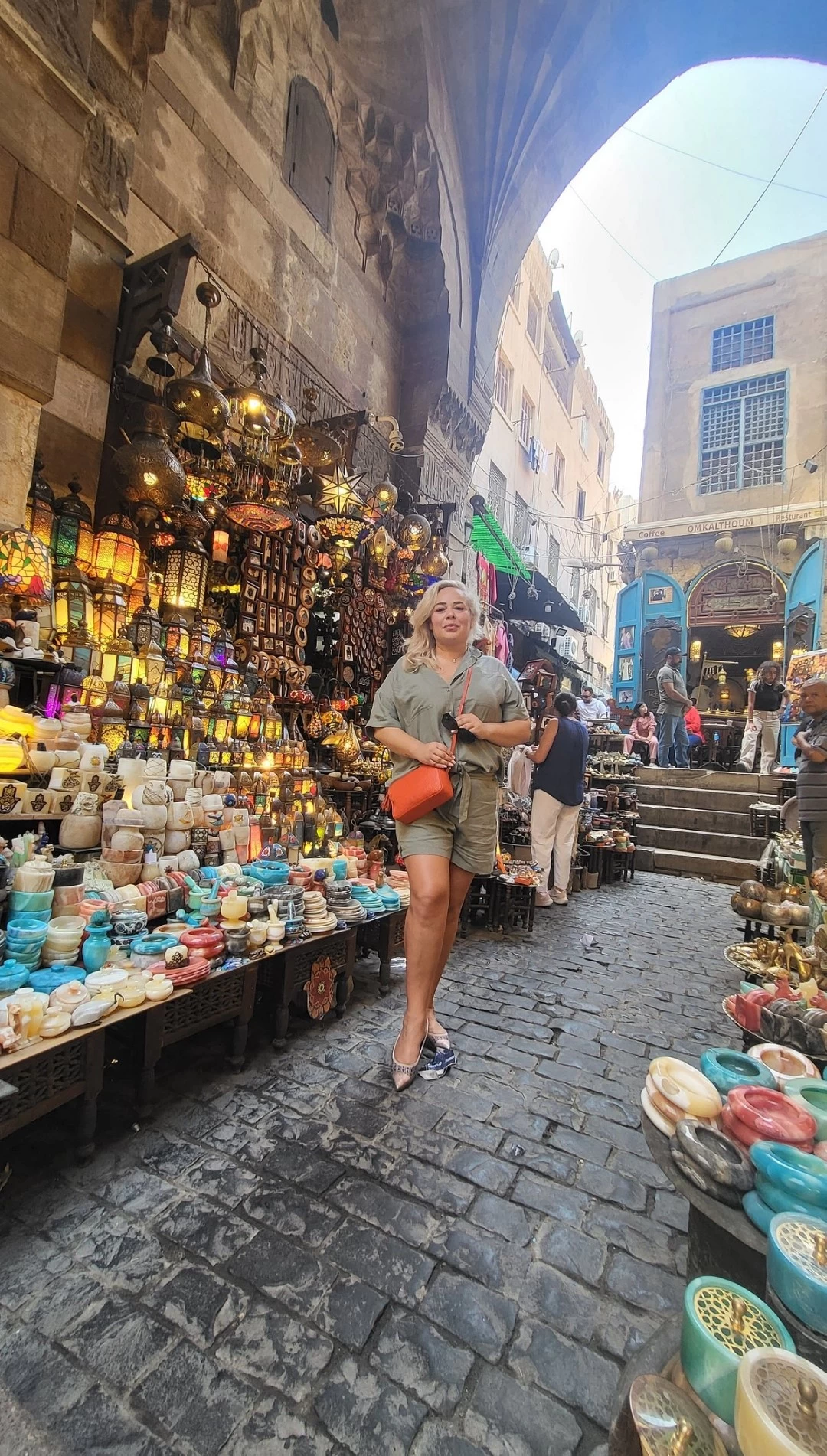
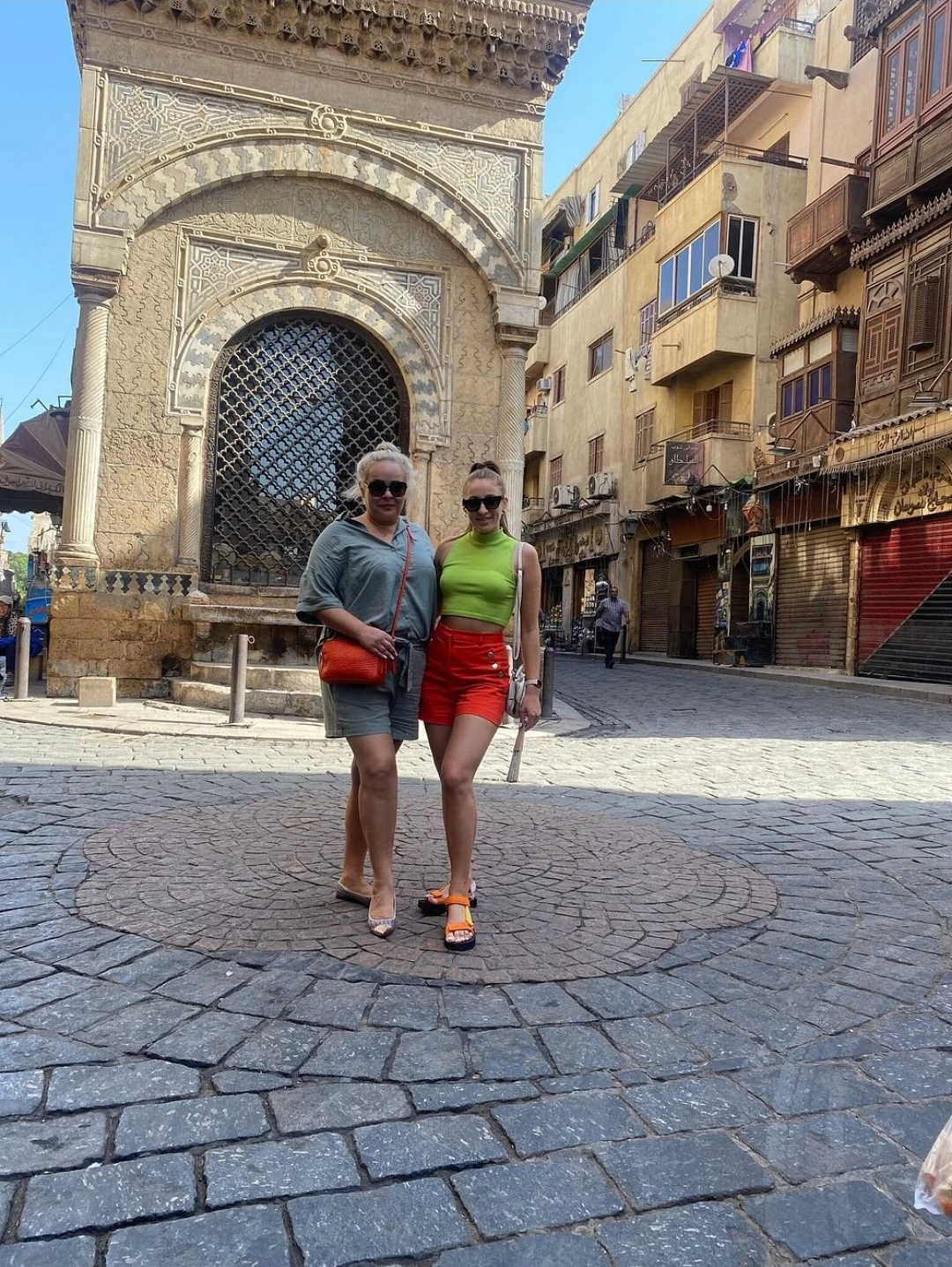



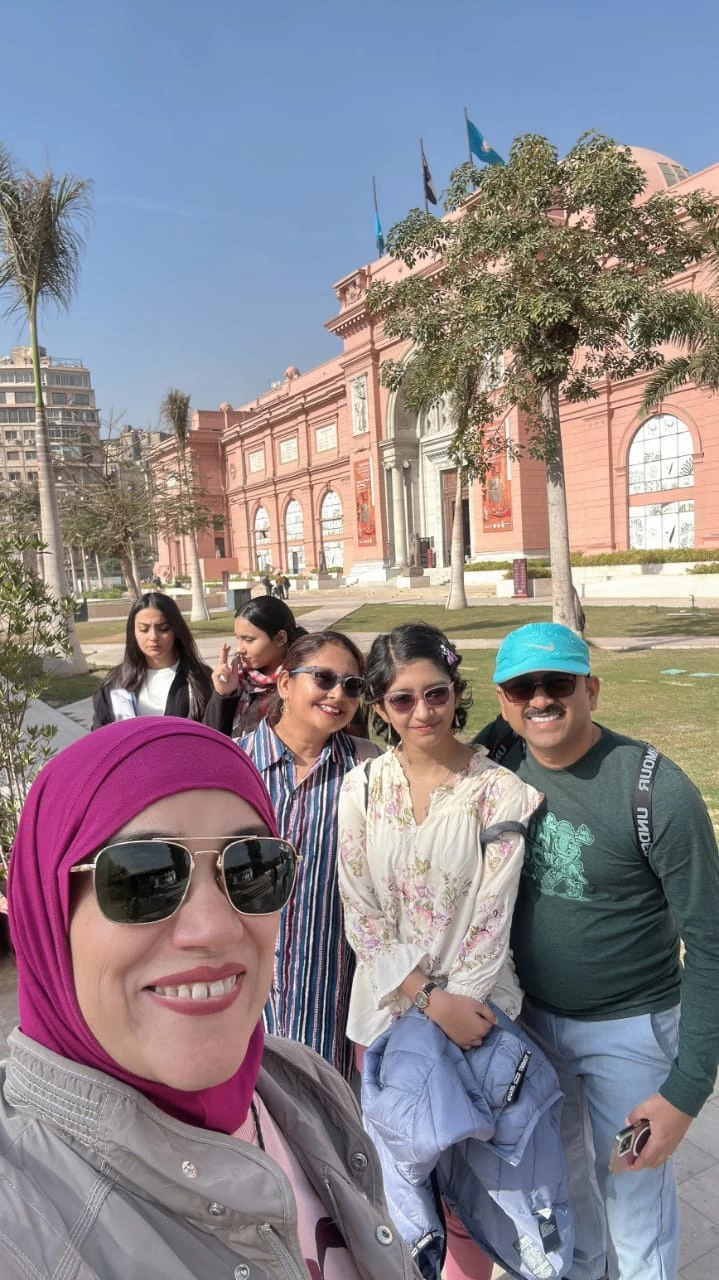
-webp.webp)
-webp.webp)

-webp.webp)
-webp.webp)
-webp.webp)
-webp.webp)
-webp.webp)
-webp.webp)



-webp.webp)

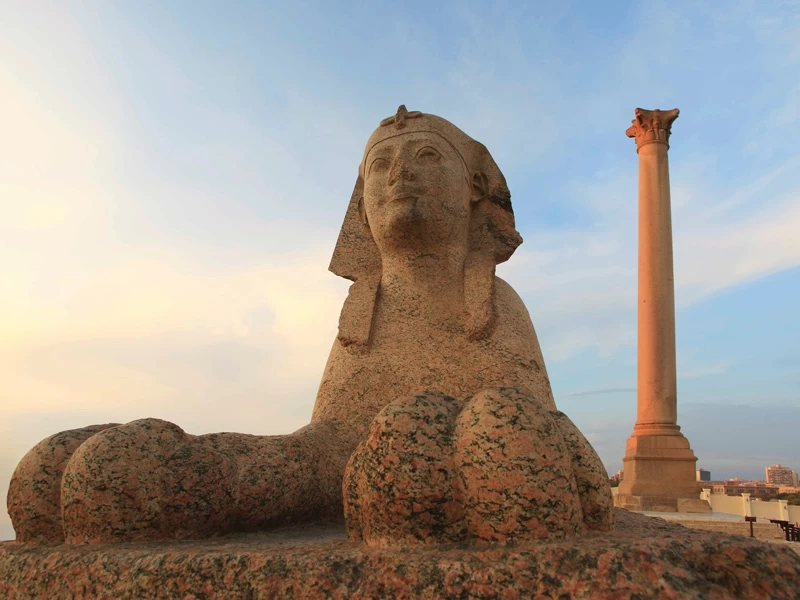




-webp.webp)
-webp.webp)










.png)

